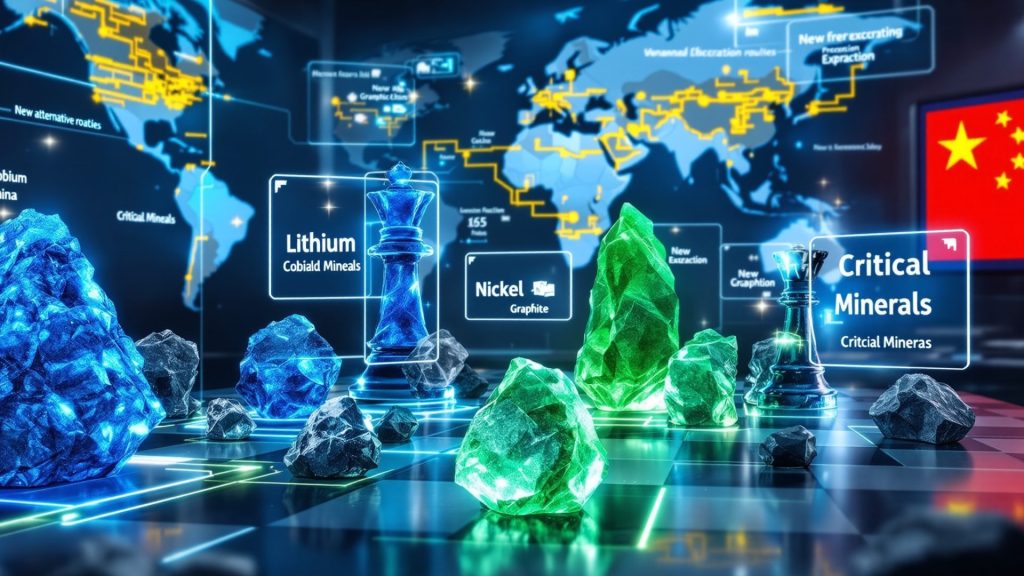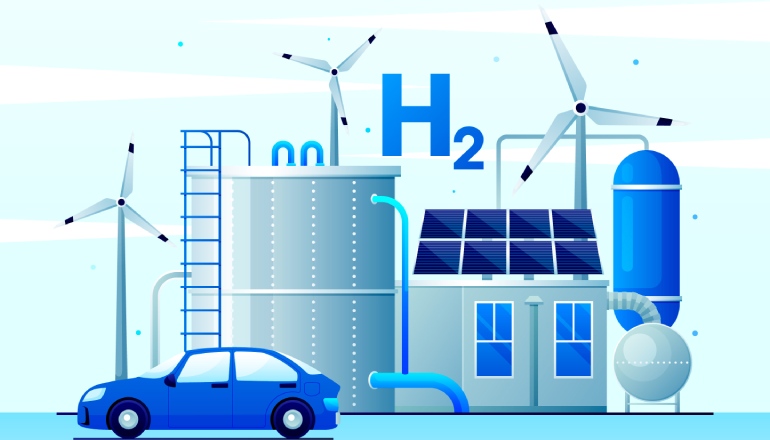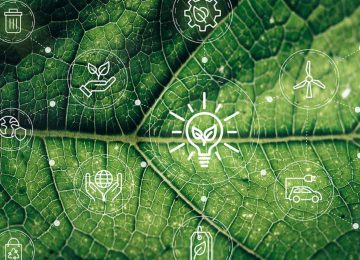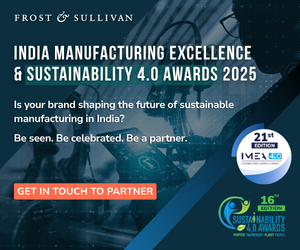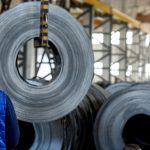The race to achieve global net-zero ambitions is colliding with a harsh new reality: the mineral sovereignty crisis. What was once a conversation on clean technology scaling has turned into an urgent reckoning with material dependency, capital exposure, and geopolitical vulnerability.
The energy transition—from electric mobility to green hydrogen—is structurally constrained by access to critical minerals, and those supply lines are neither diversified nor secure.
The industry faces unprecedented concentration risk, a dangerous geopolitical reality that creates a supply chokehold on the resources vital for the energy transition. For 19 out of 20 strategic minerals, China is the leading refiner, with an average market share of 70% (IEA, 2025). Similarly, over 60% of the world’s cobalt is sourced from the politically fragile Democratic Republic of Congo (DRC). Consequently, supply chain resilience is now the immediate operational and ROI challenge.
Nations are now leveraging industrial policy to break this supply chokehold. For instance, the EU’s Critical Raw Materials Act (CRMA) mandates clear targets for 40% domestic processing and 25% recycling by 2030. By re-shoring and diversifying the resource base, they are simultaneously addressing the severe ethical costs embedded in today’s supply chains.
Similarly, the US-led Minerals Security Partnership (MSP) is a global collaboration of 15 partners, including India. Its focus is on accelerating diverse, resilient, and ESG-compliant critical mineral supply chains through coordinated public and private investment.
India’s National Critical Mineral Mission (NCMM) was launched in 2025 to achieve self-reliance for its energy transition. It achieves this by focusing on domestic exploration, overseas asset acquisition, and investing ₹1,500 crore into recycling infrastructure.
Simultaneously, global funds, such as the $1.8 billion Orion Critical Mineral Consortium, are emerging to de-risk and fund globally diversified mining and localized processing assets. This consortium is a joint initiative of the U.S. International Development Finance Corporation (DFC), Orion Resource Partners (a private investment firm), and ADQ (Abu Dhabi’s sovereign wealth fund). The partners each committed $600 million to the fund’s initial capital.
The shift to green energy must not be built on the back of exploitation. The ESG hypocrisy of green mining is a massive, material financial risk that is compounded by a significant governance cost. This heightened regulatory environment directly connects supply risk to fiduciary duty, creating legal liabilities and operational instability for companies failing to oversee their global value chains. The current transition is plagued by social collapse and environmental damage, driving stakeholder scrutiny and threatening the social license to operate:
- Social Cost (Cobalt): In the DRC, an estimated 40,000 children, some as young as six, work in artisanal cobalt mines for less than $2 a day, exposing major tech and auto companies to litigation and irreversible supply chain risk.
- Environmental Cost (Lithium): In South America’s Lithium Triangle, extracting just one ton of lithium from brine can require the evaporation of up to 2 million liters of water, severely depleting scarce resources and threatening local indigenous livelihoods.
The definitive path: circularity and competitive advantage
A definitive path to de-risk this transition and secure future growth is to fundamentally pivot the model to a circular economy. This shift is more than a compliance measure; it is a massive domestic CAPEX opportunity that guarantees a stable, predictable, and ethical supply. Pivoting to a circular economy de-risks the transition and creates a massive domestic CAPEX opportunity for a stable supply.
Recycling offers an immediate, strategic resource gain that directly builds national resilience. A robust circular strategy can reduce the need for new, risky mine development by up to 40% for copper and cobalt and 25% for lithium and nickel by 2050 (IEA). This creates a secure, domestic secondary supply source, fundamentally breaking the single-country chokehold. Producing recycled energy transition minerals also generates approximately 80% less greenhouse gas emissions than their primary mined counterparts. This is a crucial factor for manufacturers facing global carbon mandates.
The competitive advantage:
The business value is clear and proven by global leaders employing advanced technologies like hydrometallurgy and direct recycling:
Take the instance of CATL-Brunp. The Chinese battery giant, through its recycling subsidiary Brunp, achieves world-class recovery rates of 99.3% for nickel, cobalt, and manganese. This integrated closed-loop system feeds recovered materials directly back into new battery production, bypassing volatile global commodity prices and securing a lower-risk, cost-competitive material flow.
Market Value & Job Creation: The IEA projects that if existing and announced policies are realized, the global market value for critical minerals recycling could reach $200 billion by 2050. This translates into a stable sector generating new, high-value green manufacturing jobs and necessitating significant infrastructure investment for processing plants and R&D.
Our take:
The era of outsourced mineral dependence is a critical risk.
Mineral sovereignty is no longer a geopolitical discussion; it is your core operational vulnerability. Secure your supply, as the future belongs to those who secure their material sovereignty.


